15 Obsolete Items from the 90s That Used to Be In Every Household
In the 1990s, homes were filled with gadgets and habits that defined daily life in ways that feel distant now. Some of these items solved problems unique to their era, and others existed because there simply were no better options. Here are some items that once seemed indispensable inside a household and have since disappeared or been replaced.
VHS Tapes and DVDs
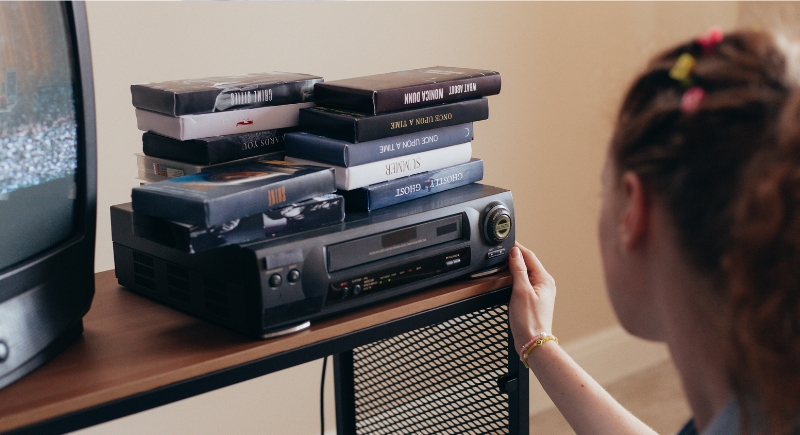
Credit: Wikimedia Commons
Shelves held rows of labeled plastic cases containing movies or home recordings. Families built libraries over time, using handwritten stickers to track content. You had to rewind tapes before returning them to their sleeves or risk them starting midway through the next time.
Discman

Credit: Wikimedia Commons
Portable CD players were used for music in bedrooms or while doing chores. It was normal to keep a stack of favorite albums nearby and swap discs regularly. Batteries drained quickly, so spares stayed in kitchen drawers or bedside tables. Once digital players and phones offered easier storage, these devices vanished from living spaces.
CRT Computer Monitors
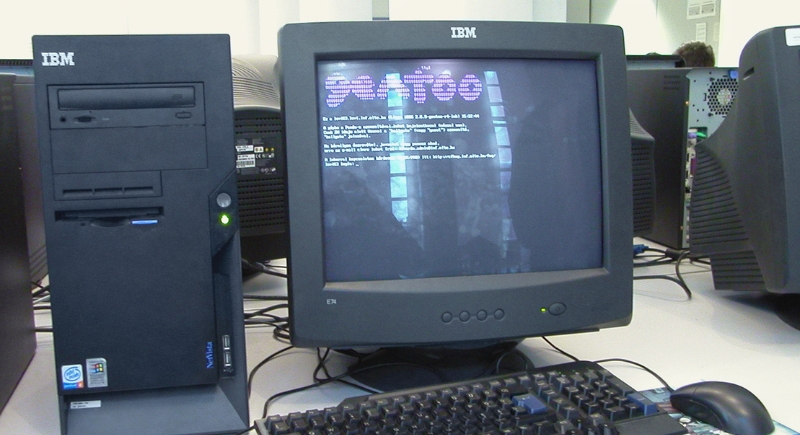
Credit: Wikimedia Commons
We see ultra‑thin LED and OLED monitors on desks everywhere; they deliver sharp visuals and barely take up any room. Built‑in connections and adjustable stands make them simple to set up and move. Back then, CRT screens required deep furniture, weighed a ton, and flickered after hours of use.
Dial-Up Internet

Credit: Wikipedia
Desktop computers were located in bedrooms and kitchens, connected through phone lines that produced loud tones when connected. Using the internet meant tying up the household phone and waiting patiently for images to load. For this reason, your online time was monitored to free the line for calls.
Gaming Magazines
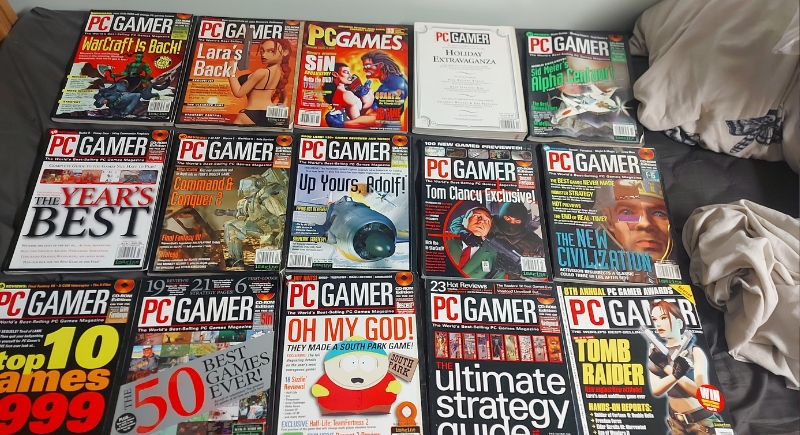
Credit: Reddit
Coffee tables carried magazines packed with cheat codes, game previews, hardware reviews, and letters from readers asking questions or sharing discoveries. Some issues included fold‑out posters, demo discs, or strategy inserts that felt like bonuses worth keeping. They were especially popular because reliable gaming information was hard to find elsewhere, and each article felt like insider knowledge.
Floppy Disks
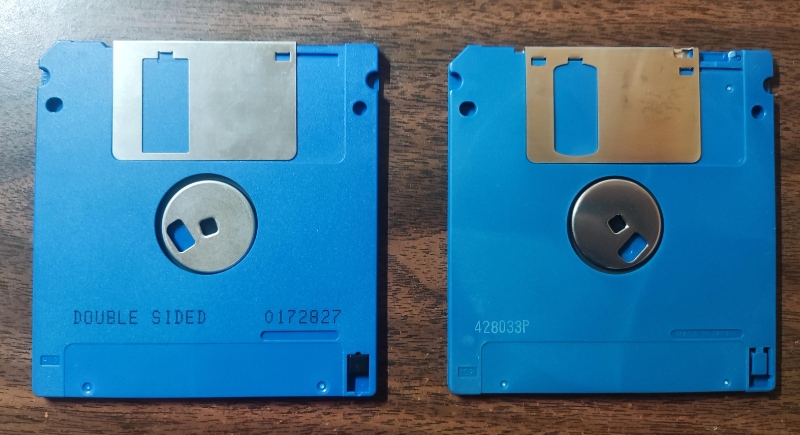
Credit: Reddit
Floppy disks stored everything from school assignments to family budgets. Their limited space required multiple disks for large projects, and careful handling prevented data loss. Small notches locked them for read-only use, a feature often overlooked. As memory needs grew, USB drives and cloud storage made them unnecessary.
Appointment TV

Credit: Canva
Quality time with families wasn’t as simple as putting on a show on Netflix and pressing play at any hour. Everyone had to follow broadcast schedules, which meant gathering in front of the television at a specific time. Dinners were arranged around those slots, and blank tapes waited in recorders for important episodes.
Encarta Encyclopedia
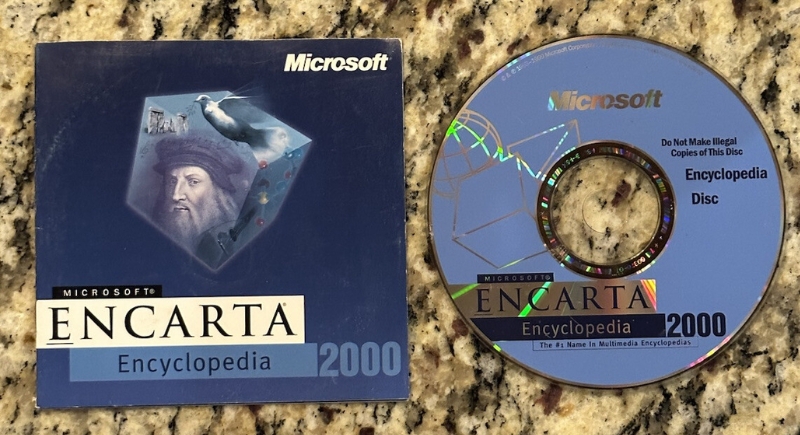
Credit: ebay
This digital reference tool was used for schoolwork and quick facts. Its colorful interface and built-in games kept students interested, and parents trusted its curated content. Yearly updates were brought to keep information current.
MiniDisc Players
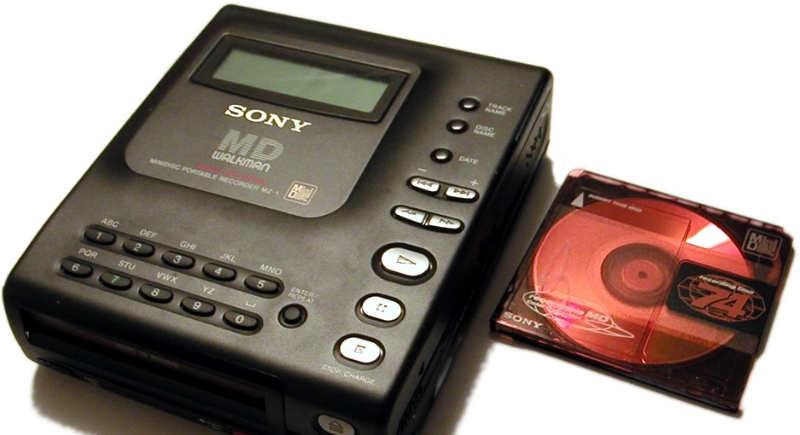
Credit: Wikimedia Common
You might remember seeing one of these compact players on a nightstand or a kitchen corner, ready to play favorite tracks. They allowed families to record songs straight off the radio and build mixes for gatherings. However, when MP3 players offered massive storage and no moving parts, these devices quickly faded.
Butterfinger BBs
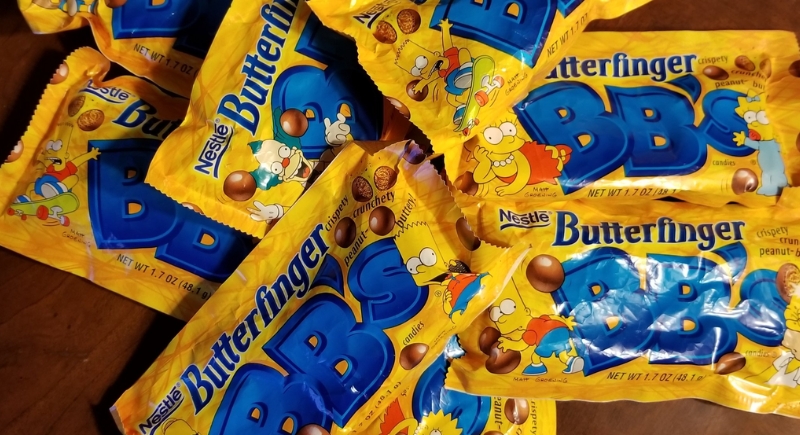
Credit: X
These bite‑sized candies first appeared in the early 90s as a spinoff of the popular Butterfinger bar. They were advertised with animated commercials featuring Bart Simpson. Their familiar crunchy layers made them an instant hit during family movie nights.
The Windows 95 3D Maze

Credit: Youtube
In the 90s, many home computers had a screensaver called the Windows 95 3D Maze. When the computer sat idle, it would show a maze made of brick walls, with strange shapes floating around. Kids loved watching it move through the maze on its own, trying to guess where it would go next. It looked like a video game, but no one was playing.
CD And Cassette Cabinets
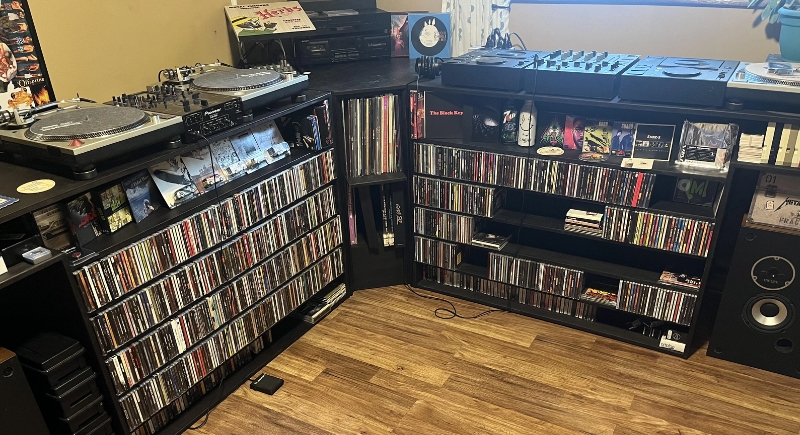
Credit: Reddit
These days, music lives in apps and online accounts. You can play thousands of songs from one device in seconds. But back in the 90s, people stored their music in big cabinets with glass doors. These cabinets were packed with CDs and cassette tapes and usually sat next to the stereo.
Alarm Clocks
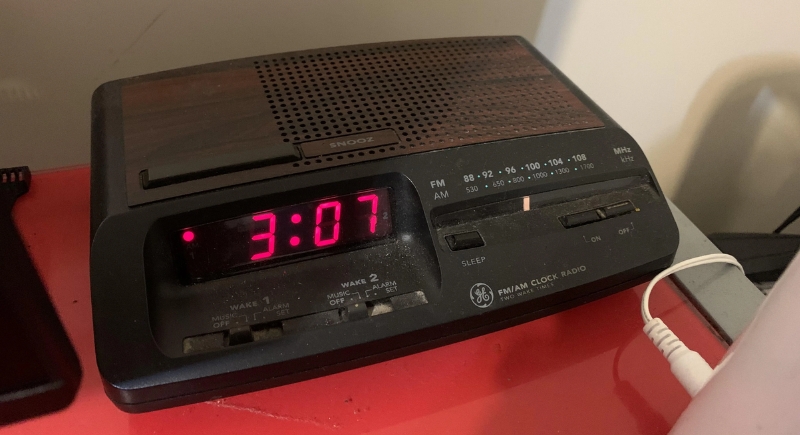
Credit: Reddit
Vintage digital clocks had bright red or green numbers glowing in the dark, usually paired with a sharp buzzer that jolted sleepers awake. Many included built‑in radios that let people rise to music or news instead of a harsh alarm. However, a brief power outage could erase the settings and cause frustration the next morning.
Rollerblades

Credit: Reddit
Everyone remembers racing along sidewalks and driveways, the sound of wheels on concrete, and the occasional tumble that would scrape your knees. Inline skates sat by the door or in closets, ready for another round after school. Parents liked the exercise they provided without requiring complex gear.
Corded Telephones
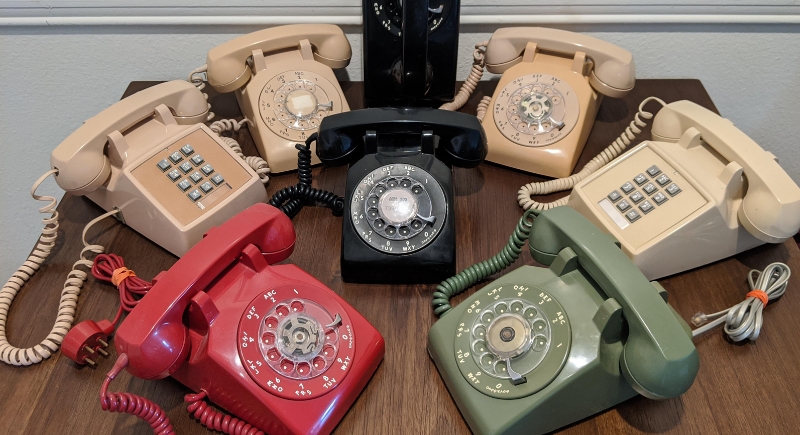
Credit: Reddit
Most people have an iPhone these days, and simple functions like calling, texting, or checking a voicemail happen in seconds. But there was a time when a phone in the house meant a handset fixed to a wall or resting on a counter, tethered by a coiled cord. Long conversations involved pacing only as far as the cord allowed.